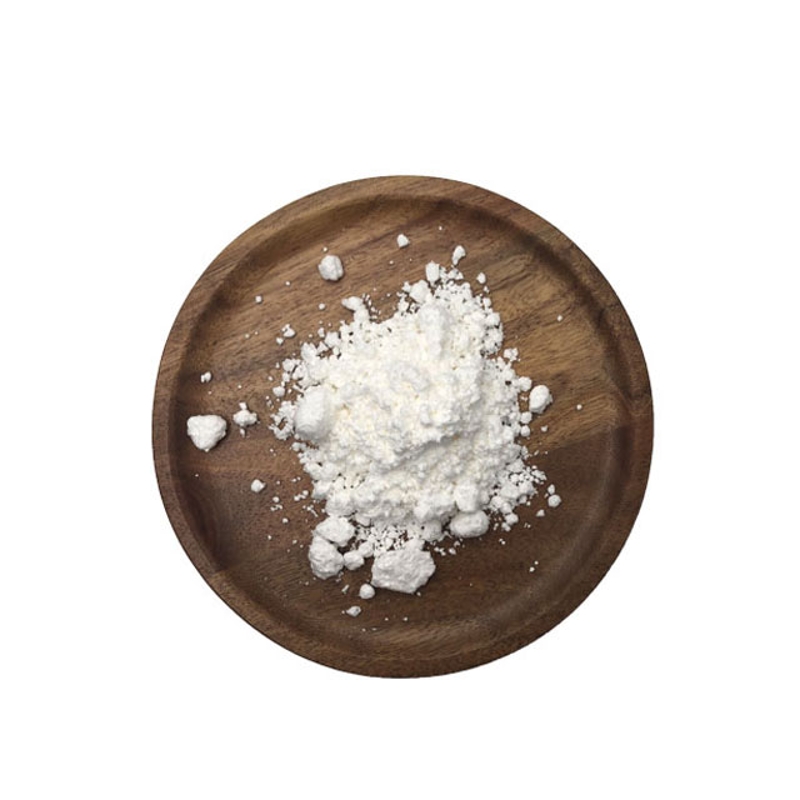-
Categories
-
Pharmaceutical Intermediates
-
Active Pharmaceutical Ingredients
-
Food Additives
- Industrial Coatings
- Agrochemicals
- Dyes and Pigments
- Surfactant
- Flavors and Fragrances
- Chemical Reagents
- Catalyst and Auxiliary
- Natural Products
- Inorganic Chemistry
-
Organic Chemistry
-
Biochemical Engineering
- Analytical Chemistry
- Cosmetic Ingredient
-
Pharmaceutical Intermediates
Promotion
ECHEMI Mall
Wholesale
Weekly Price
Exhibition
News
-
Trade Service
Increased lung texture and thickening are clinically common, often without practical significance, and are common in patients with smoking and chronic bronchitis! However, even if the common lung texture increases and thickens, sometimes it will hide a very serious disease, that is, pulmonary hemangioma embolism (lung tumor embolism).
Case 1
79-year-old male, shortness of breath in January after sexually aggravated activities, coughing up yellow sputum for 2 weeks
The outer hospital was diagnosed with "acute bronchitis", treated with clindamycin + cough medicine, sputum production, and dyspnea worsened
Past history: Smoking for 30 years (e.
Physical examination: breath sounds are normal, no signs of
Laboratory tests: spirometry is not performed
Complementary examination: fibronchoscopy does not reveal endobronchial lesions
Chest enhancement CT scan did not reveal pulmonary embolism, but lung windows showed disturbances, increased, and thickening of lung texture (arrow below), and mediastinal windows showed hilar and mediastinal lymphadenopathy
Figure 1
Handling: Perfect inspection
Increased lung texture is often due to thickening of the bronchial wall, dilation of pulmonary blood vessels, combined with hilar and mediastinal lymphadenopathy, and no lung mass, suggesting metastatic lung cancer and pulmonary hemangioma thrombosis
Upper and lower gastrointestinal endoscopy shows only mild sinusitis
Ultrasound bronchoscopy-guided needle aspiration biopsy of mediastinal lymph nodes, cytology reveals tumor cells characterized by adenocarcinoma, suggesting metastases
Right-middle lobe lung biopsy confirms adenocarcinoma within muscle-on-the-arterioles and lymphatic vessels, with neither endometrial hyperplasia nor pulmonary artery thrombosis
CT of the abdomen shows enlarged prostate and destruction
The patient's dyspnea gradually worsens, and the lung lesions progress
After the treatment, the lung texture is clear and smooth, and the symptoms are completely relieved
Figure 2
Case 2
A 60-year-old woman with vaginal bleeding
.
Advanced cervical cancer is diagnosed with invasion of the uterine body, bilateral parauterine, vagina, rectum, and bladder, with liver metastases
.
After one week, patients develop progressive dyspnea, cyanosis, tachycardia (105 bpm), and tachypnea (30 bpm).
Oxygen saturation is 80 to 85%, blood pressure and body temperature are normal
.
No abnormalities
were found on auscultation of both lungs.
Blood gas analysis showed a partial pressure of 54.
9 mmHg for oxygen and 21.
8 mmHg
for carbon dioxide.
Laboratory tests show elevated D-dimer, C-reactive protein, white blood cell count, and creatinine levels
.
I attached the original text, is how to feel that foreign doctors are so free, creatinine is elevated, this patient can also take it to enhance CT
.
Chest enhancement CT did not detect pulmonary embolism (Figure 3)!
Figure 3
Without pneumothorax, without pulmonary embolism, without lung infection, without airway stenosis, why does the patient have trouble breathing?
Careful masters have found that the thickening of the lung texture around the lungs (arrow below) dilates for the pulmonary arterioles, indicating pulmonary tumor embolism! Isn't this clinically very common?
Figure 4
Her condition rapidly deteriorated on the fourth day after admission, and she died from respiratory failure.
What's the situation?
Autopsy of the remains shows a tumor emboli in the pulmonary artery (arrow below), and the lung parenchyma is not invaded!
Figure 5
Diffuse tumor embolism is found in pulmonary arterioles (below
).
The arteriole wall has a normal structure
.
Most vascular linings are normal and no blood clot formation
is observed.
Figure 6
Case 3: Typical peripheral intrapulmonary artery tumor suppository
The figure below is a typical pulmonary intraarterial tumor embolus, chest CT flat scan of the lung window shows that the tumor embolus metastasizes along the pulmonary artery, and the pulmonary artery expands
.
Figure 7
Case 4: Atypical manifestations of pulmonary aneurysm suppositories
Some pulmonary aneurysms appear as patchy shadows that are extremely difficult
to diagnose.
A 36-year-old breast cancer patient was admitted to the hospital
for shortness of breath.
No pulmonary embolism was found in the pulmonary artery CTA, and the flat scan of the lung window is shown in the figure
below.
But the patient soon developed respiratory failure, shock, and then sudden death
.
Autopsy of the remains shows extensive lymphatic and vascular tumor embolism
.
Figure 8
Case 5: Pulmonary aneurysm suppositories resemble pulmonary thrombosis
Many lung tumor embolisms are not fundamentally different from the lung thrombuses we usually see in imaging, and it is difficult to distinguish
.
The image below shows tumors in other areas that have metastasized to the pulmonary blood vessels and are indistinguishable from
pulmonary thrombosis.
Figure 9
Case 6: Pulmonary endovascular lymphoma
Pulmonary endovascular lymphoma, which may also lead to tumor-associated increased and thickening of lung texture (pictured below), but is often accompanied by a frosted glass shadow, which can also present as nodules, solid shadows, or similar to interstitial pneumonia
.
Figure 10
postscript
Lung texture disorder, increase, thickening, many times there is no special clinical significance, but any imaging abnormalities must be combined with clinical comprehensive analysis to find the huge information
hidden in it.







